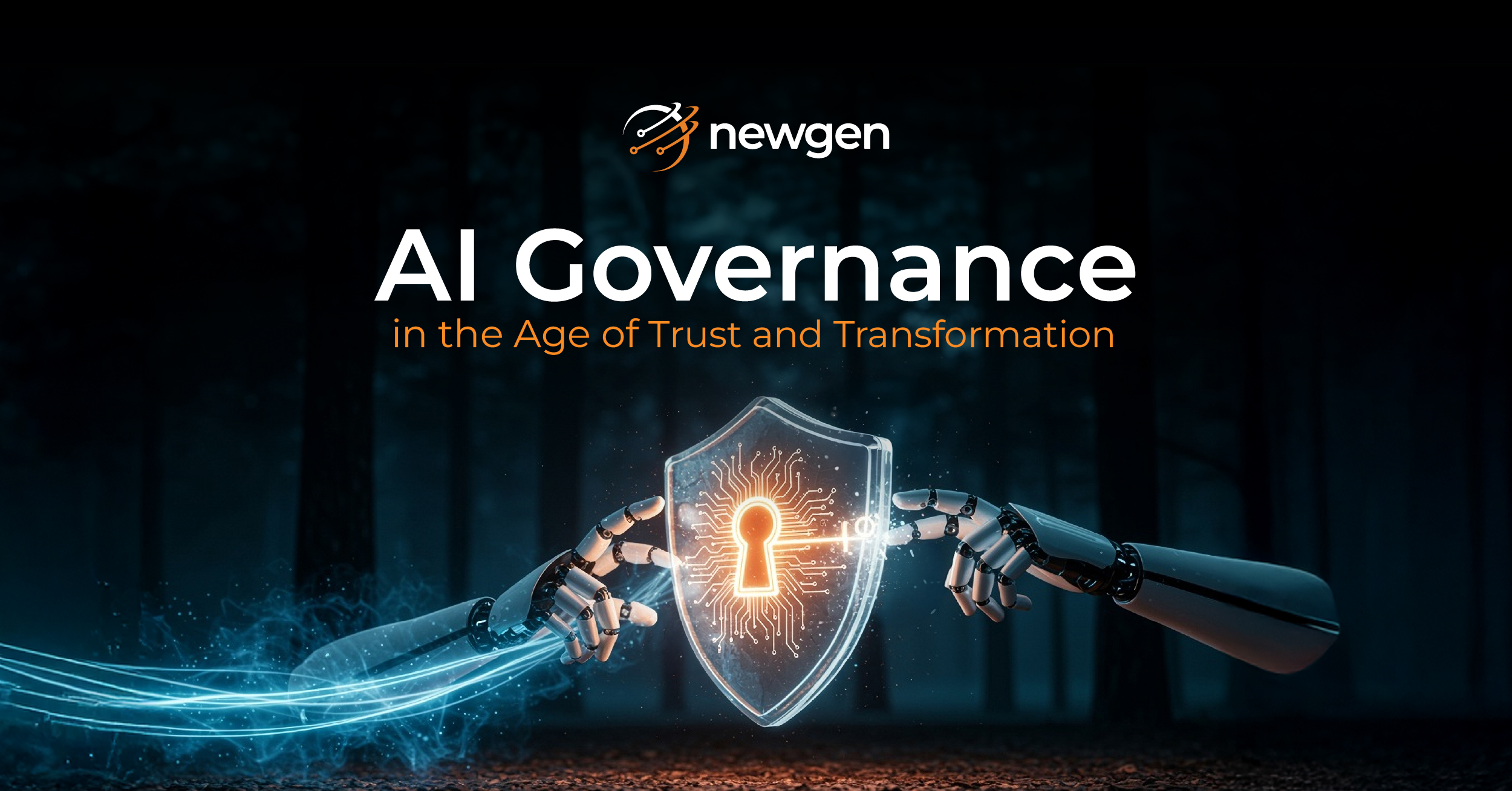Times always change for good. Power now lies in the hands of your customers and employees, who define the success or failure of your business on the basis of your competency to best serve them. Your business success depends on your agility in responding to customers, catering to their needs, and hence exceeding their expectations. You can only lay out a successful Content Strategy if it intersects with the evolving needs and demands of your customers and workers. You need to see what’s driving the changes in the market. I have come up with the following drivers of change that need to be considered for defining your content strategy for 2017-18.
Digital Customers Demand Everything, Anytime, Anywhere, Anyhow
Digital Customers demand Instant results out of any engagement, initiated anywhere, across any device, at any given time around the clock. Customers now look for unified cross-channel experiences, where businesses give customers the flexibility to engage with them through content, in any preferred way (message, video, image, document, form, picture, tweet, post, comment), across any mix of channels (Social Media, Web, Phone, Chat, Email, Fax, Post, Face to Face), and over any device to be served in their desired way.
Businesses need to delight their digital customers regardless of device, channel, time or place.
Workforce collaboration is inevitable for business value creation
Organizations must involve both employees and stakeholders (like partners, and suppliers) across business functions and processes to leverage content for planned outcomes. Today’s digital workforce and stakeholders look for mobility (across multiple devices/ networks/ platforms), seamless access, and collaboration over control, compliance, and process. Hence, today employee view differs drastically from the organizational view of content management. Now the challenge is to implement an organizational content strategy around the digital work-style of employees.
Content is core to employee activities across and beyond physical boundaries of a workplace for continued business performance.
Organizations need elasticity to continuously adjust to Market Dynamics
Today businesses are more exposed to external and internal, business and operational risks like never before. Businesses must adjust themselves to the changes in the market across growth phases (like seasonal trends, high GDP Growth, Product/ Services Growth cycle stage), decline phases (financial recessions, global market impacts, cyclical demand drops, environmental impacts like cyclones, earthquakes) or stagnation phases (sluggish market post-recession). This requires enterprises to build and procure technologies that provide them elasticity to upscale/downscale on demand, extend applications on demand, and tap innovative strategies or technologies while providing them price predictability. They need to build a fluid technology stack that can help them adjust to their changing business demands quickly.
Organizations must look for business solutions rather than focusing on software features and functionalities to cater to their broader business goals.
Business Operations don’t measure up in silos anymore
Organizations today are in pursuit of digital transformation to meet the expectations of their tech-savvy customers, employees, partners, and suppliers. Accelerated advancement in technology, in the last decade, has led to the emergence of a plethora of technology products and services to solve a variety of problems. However, multiple applications, coupled with the rigid monolithic legacy systems and processes, have resulted in siloed and disintegrated processes, which inhibit businesses from delivering the desired business results.
Business applications, across different functions, need to be interconnected and expanded beyond their original scope with content services to implement a holistic digital content management strategy.
Compliance and Governance are the fundamental needs now
With information access and control in the hands of users across multiple channels, devices, and places, it becomes more challenging for organizations to stay on the top with a controlled environment, while not limiting the user experience. This has made it more challenging for organizations to give a boundaryless environment to their workers without compromising on information security. Governance and Regulatory Compliance need to be taken care of by digital content management technology to mitigate any business risks posed by the users.
With emerging technological and market risks (the recent instance being ransomware virus attacks), business and regulatory authorities continuously tighten existing compliance and governance requirements; and layout new ones.
To survive in the market, organizations must ensure compliance with pre-defined business rules and regulations. Content services need to include a variety of existing and emerging complex Compliance and Governance use cases around Compliance and Governance.
Road ahead for Businesses- Need for a robust Digital Content Management Platform
Every change brings challenges to deal with but comes along with great opportunities.
The challenges thrown by digital customers, employees, and stakeholders, evolving technologies, and stricter compliances bring great opportunities for your business to accelerate growth vis-a-vis your competition, by formulating a Robust and Holistic Digital Content Strategy. You need to validate your customer and employee needs, track the business risks you are exposed to, chart out your business goals, and then evaluate how ECM technology best fits your Digital Content Strategy. This is critical to the continuous delivery of value in the face of ever-changing business dynamics that encompass people, processes, and technologies.
The road ahead for your business is full of opportunities to exceed the expectations of your customers, and continuously create business value with a seamless employee – stakeholder collaboration. You must stay ahead of time by tapping opportunities and mitigating risks by transforming into a “truly connected” organization. A well-defined digital content strategy, backed by a cutting-edge digital content management solution, is supremely critical to your business success.
You might be interested in




